Description
Sansetsukon History
Unlike many Kobudo weapons which originated as tools, subsequently re-purposed as weapons; Sansetsukon were developed for the battlefield. Their range and flexibility allowed for an attack to reach a mounted opponent or over a shield. The basic ‘wood & rope’ model could have been modified with the addition of weights or chains to increase the mass and ability to cause injury or tangle up an enemy.
Wooden Section
Oak is the traditional choice for most kobudo weapons being strong and hard. Ash retains the hardness of oak but is a little lighter. Maple is particularly hard with a smooth surface. Walnut produces beautiful dark colours, but is the lightest of the materials. More detail is available on the Wood Choices page.
Section Length
Sansetsukon are made of three sections of equal length, joined with string. If the total length is to great, underarm catches may be difficult or you may strike the floor when spinning.
Three standard lengths are available, and the below table may help in choosing as a guide to finding the best length for you. This is based only on my own thoughts, so feel free to request whatever length you feel appropriate for you.
| Description | Your Height | Section (inch) |
| Small | Under 5’5 | 24 |
| Medium | 5’6 to 6’0 | 26 |
| Large | 6’1 or over | 28 |
Please take advice from your instructor if you are unsure on this matter.
Join Paracord or Chain
The sections are triple strung joined with ‘seven-core’ paracord. This is extremely strong (rated to 550 lbs), so the combination of three strands makes this almost unbreakable for this use. Alternatively a chain join can be produced, this is non-swivel joint which I feel is more reliable and so less likely to break.
As with all Seaholme Kobudo Equipment, the wood is finished with multiple coats of hand-rubbed pure tung oil.

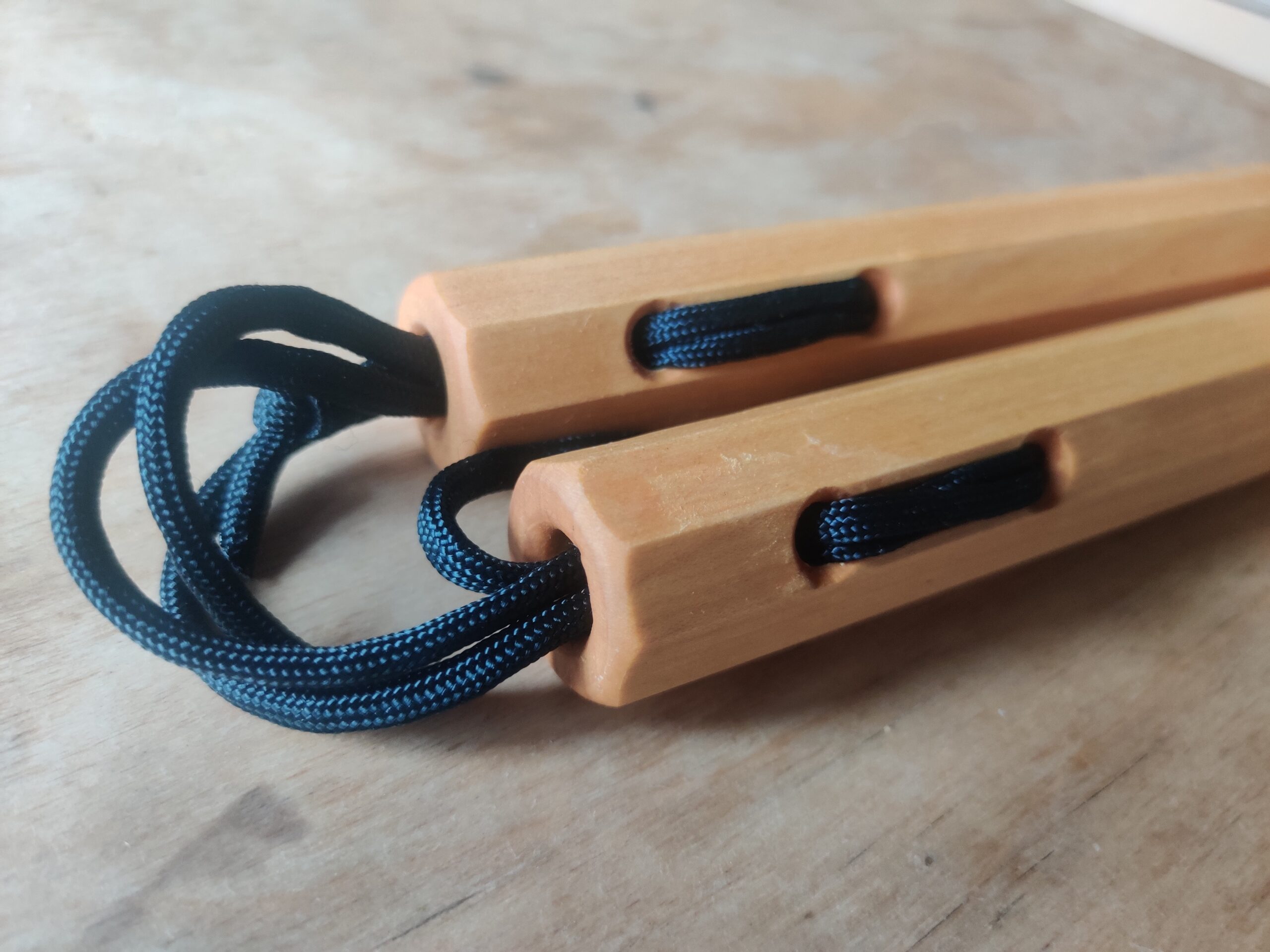
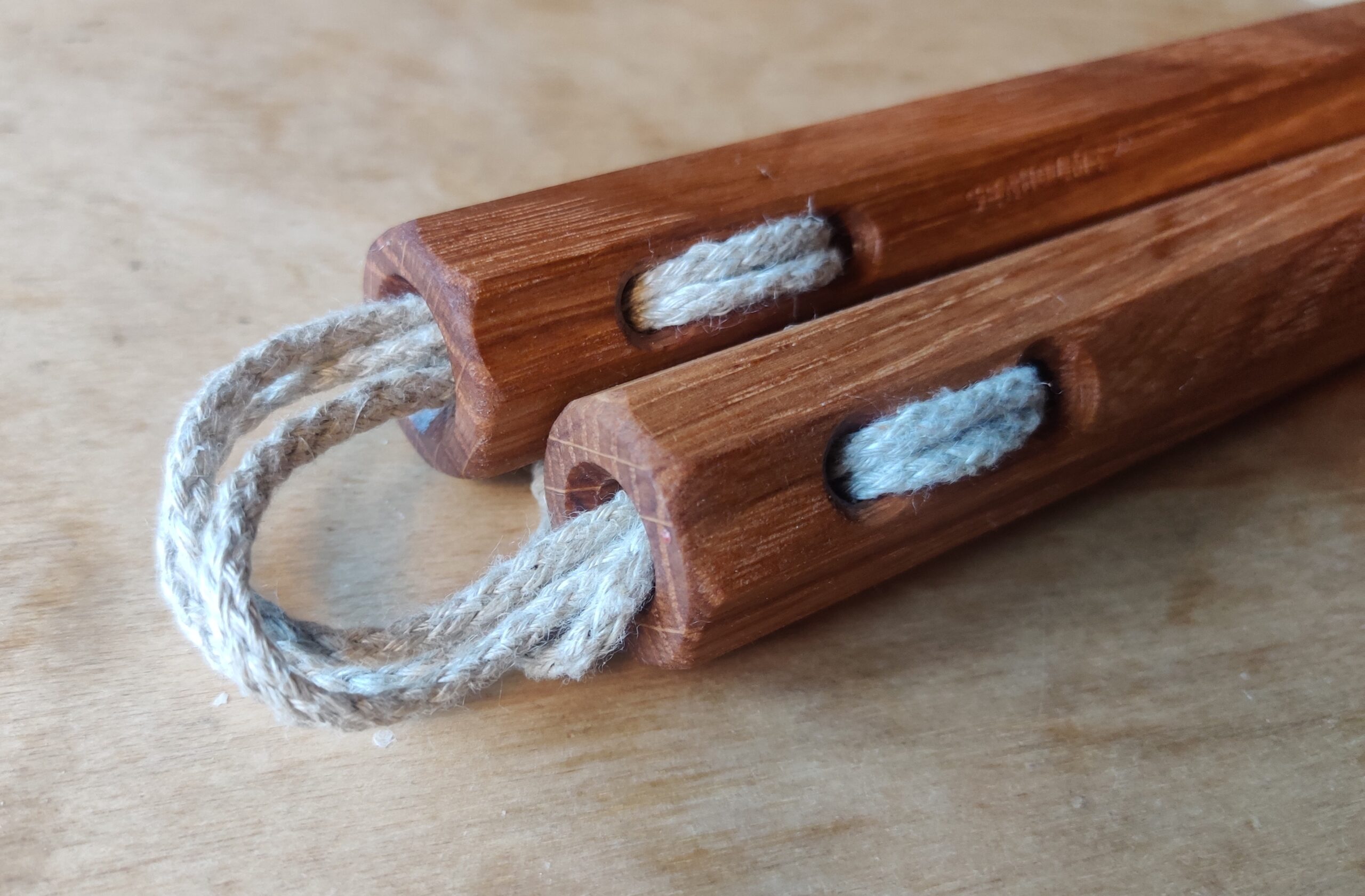
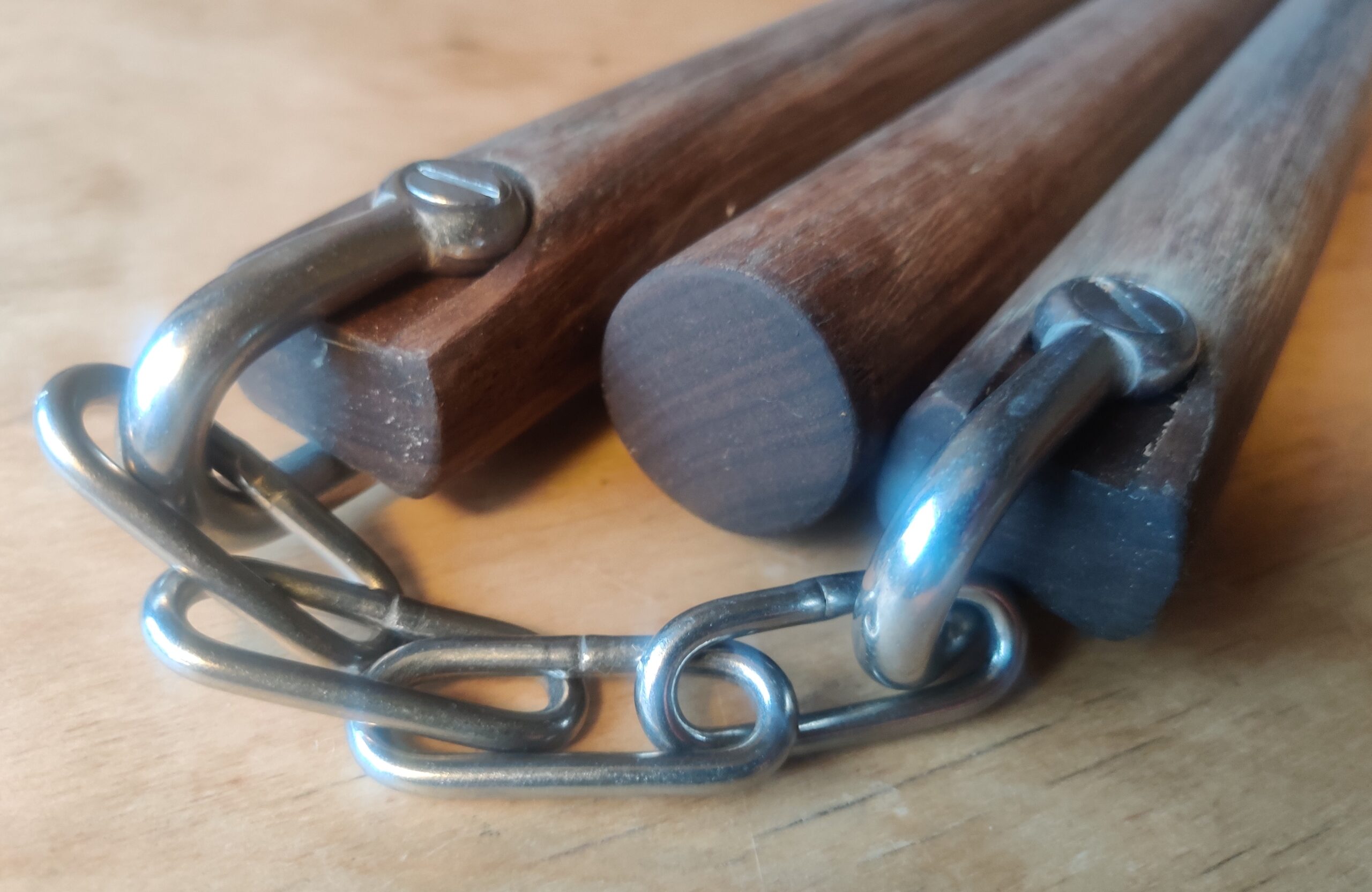
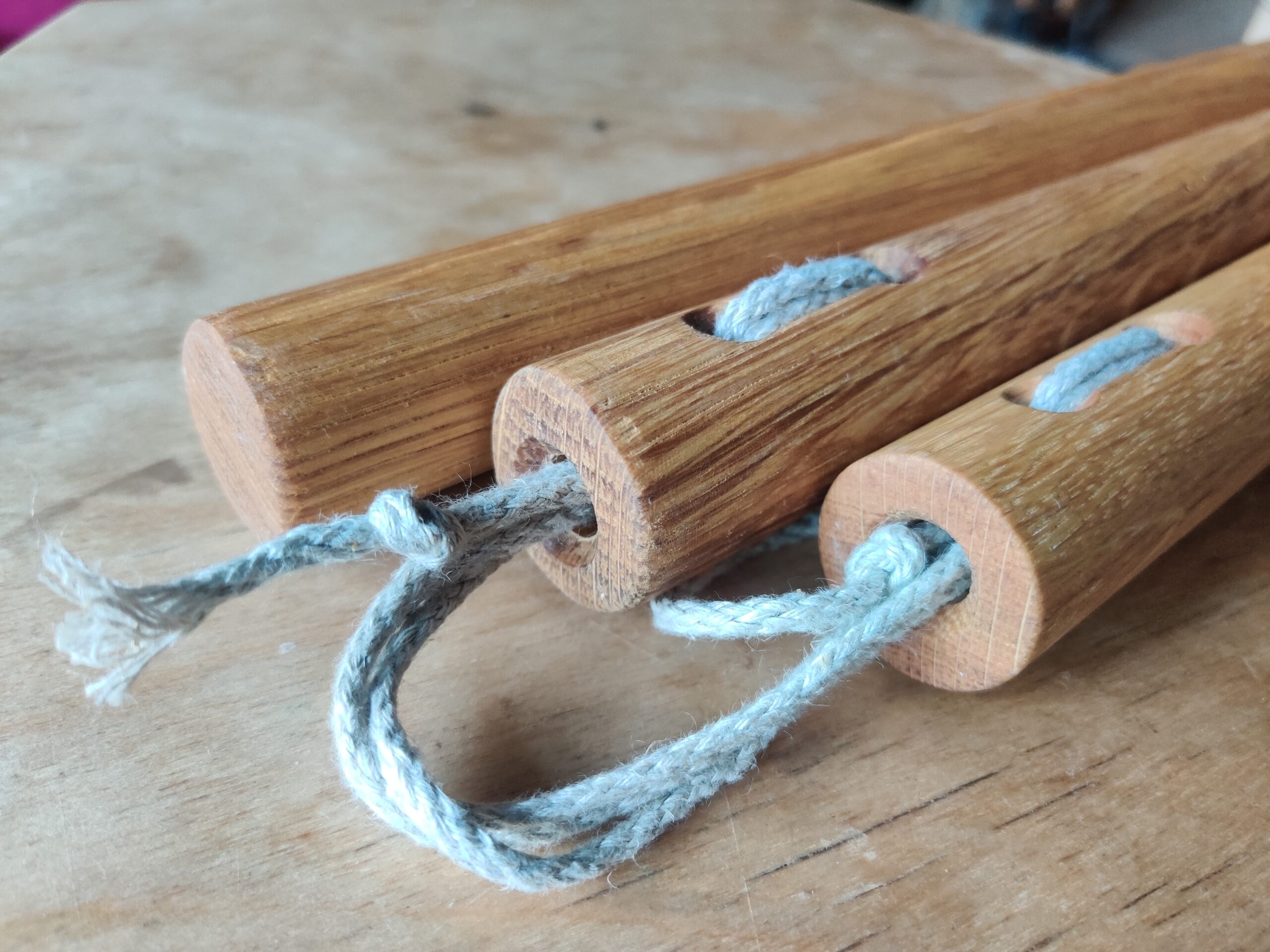
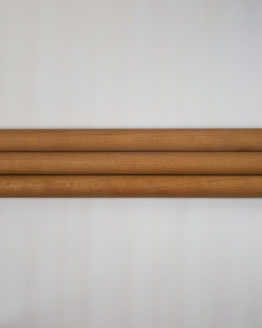







Reviews
There are no reviews yet.